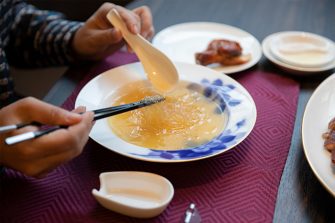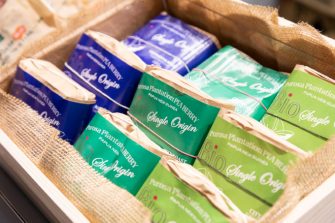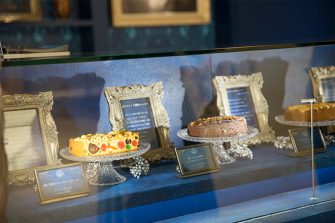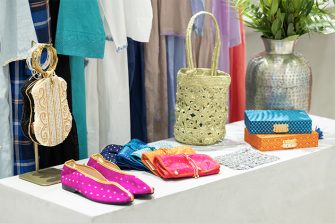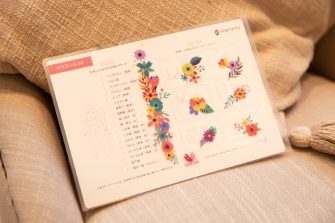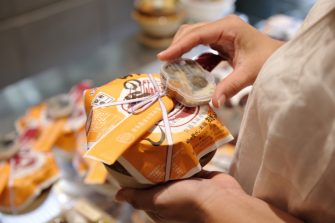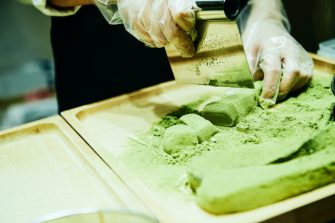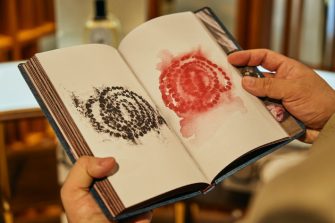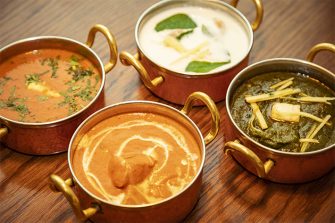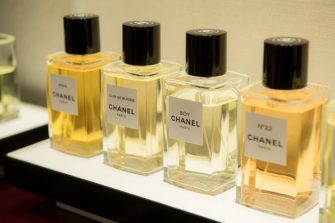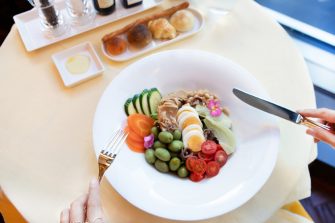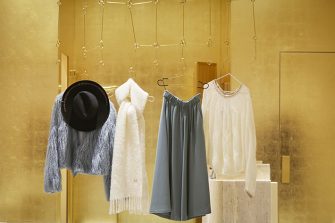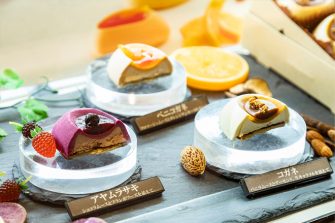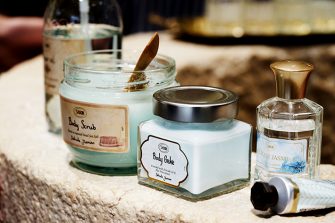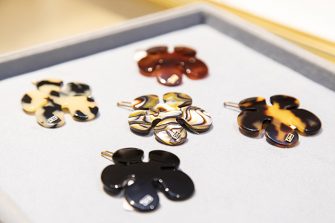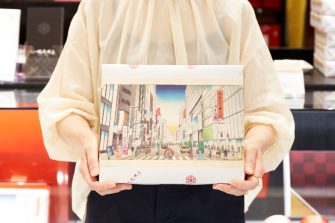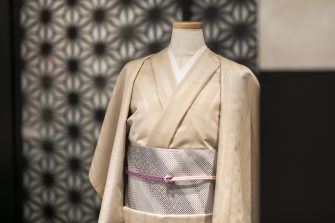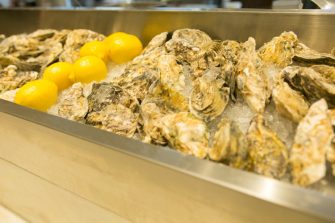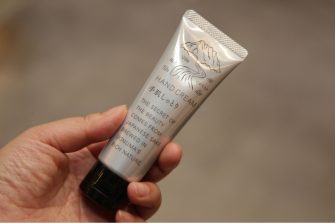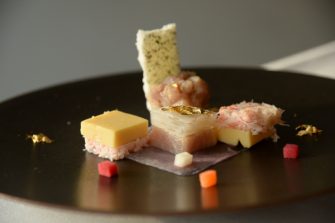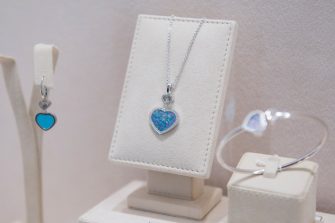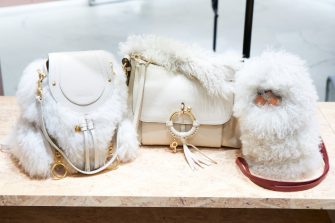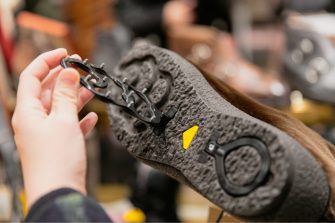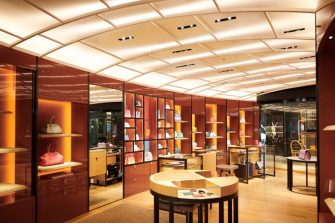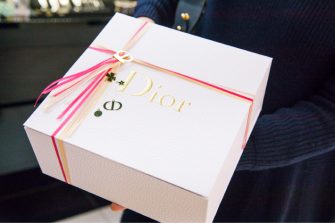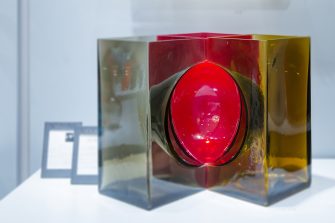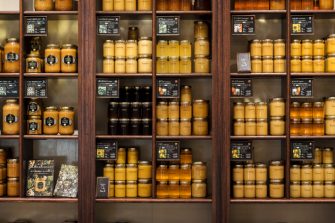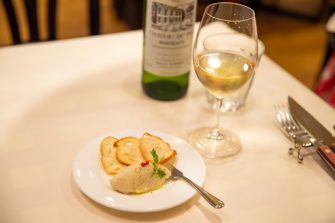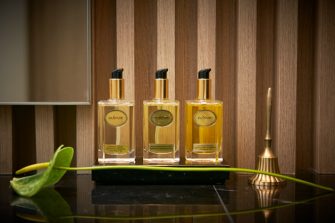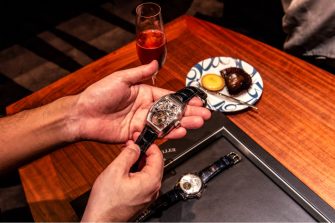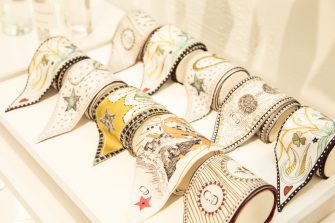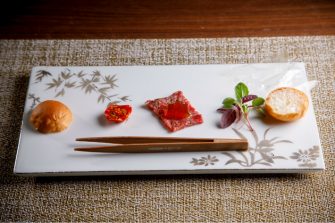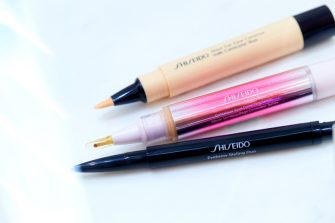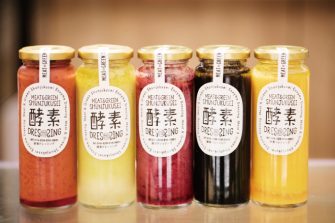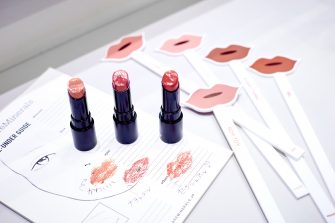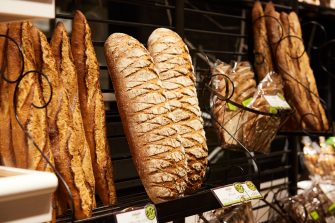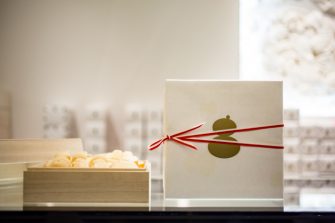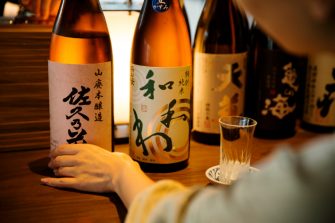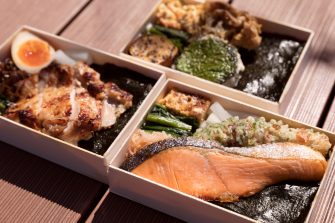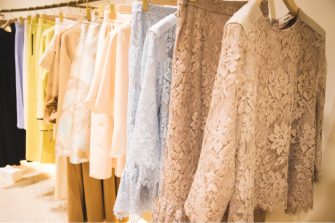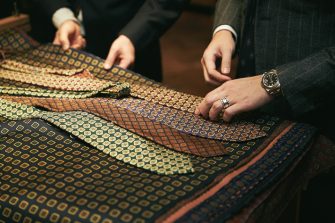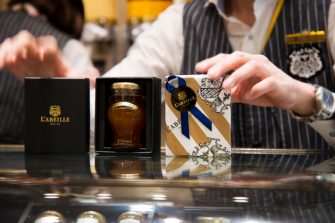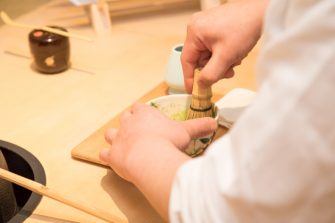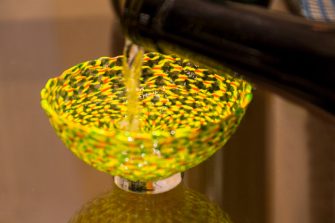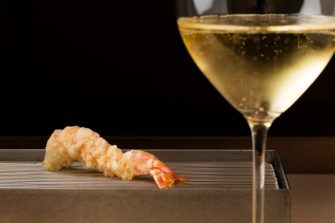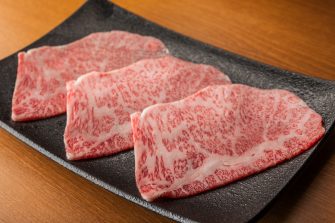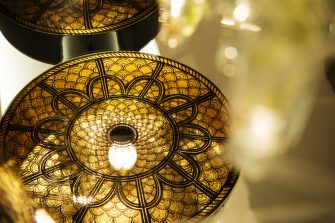

GINZA SIX EDITORS
ファッション、ジュエリー&ウォッチ、ライフスタイル、ビューティ、フード…
各ジャンルに精通する個性豊かなエディターたちが、GINZA SIXをぶらぶらと
歩いて見つけた楽しみ方を綴ります。
モダン銀座空間の隠し味は、伝統工芸のパワーデザイン Power of Traditional Craft Adds Subtle Accent to Modern Ginza Space
田中 敦子
GINZA SIX EDITORS Vol.13(Lifestyle)
中央通りにその全容を現したとき、淡く発光する白い箱は、すでに銀座の風景でした。あくまで銀座の気品を保った、新しくも正統なランドマーク。なのにこの企画を受けるまで、GINZA SIXに足を踏み入れてなくて……。東京下町っ子ゆえ、幼いころから銀座の変化を見てきています。新陳代謝しながらも銀座であり続けるしなやかさを、愛してやまないのですが、オープン当初のバブル再来的な熱量に気圧されてしまい、少し落ち着いてから探索しようと保留しているうちに時間が過ぎてしまいました。猛省。アートや伝統工芸への取り組みに力を入れているというGINZA SIX。遅ればせながら、ゆるりと巡ってみましょう。ぜひ訪ねたかったのが4階の玉川堂。新潟県燕市に200年続く鎚起銅器の老舗です。

ここのショップデザインに、伝統工芸の次なるステージを予感しました。工房の職人たちがそれぞれ鎚目を入れた銅板で、天井、壁、床、テーブを覆い尽くした空間には、照らし合う曙色の光が満ちていて、多幸感に包まれます。棚に並ぶ薬缶や鍋、ポットは、確かな仕事によるシンプルなデザイン。

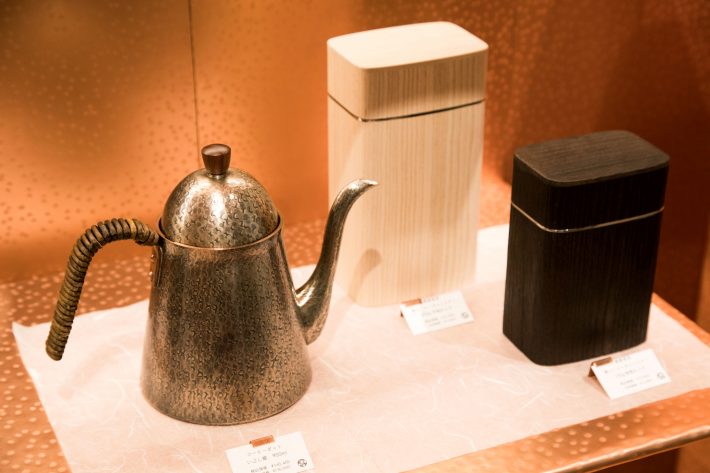
国内外の幅広い世代の心を捉えるそのラインナップにとって、これ以上の空間はないように思えます。感度の高い環境で、伝統工芸が内包するかっこよさをきっちり示しているのですから。工芸に追い風が吹いている昨今ですが、一過性のブームに消費されない伝統工芸の底力をこのショップから感じます。

注ぎ口まで鎚で叩いて一枚板から作られる薬缶は、玉川堂独自の高度な技術。その工程が一目でわかる見本も展示されています。
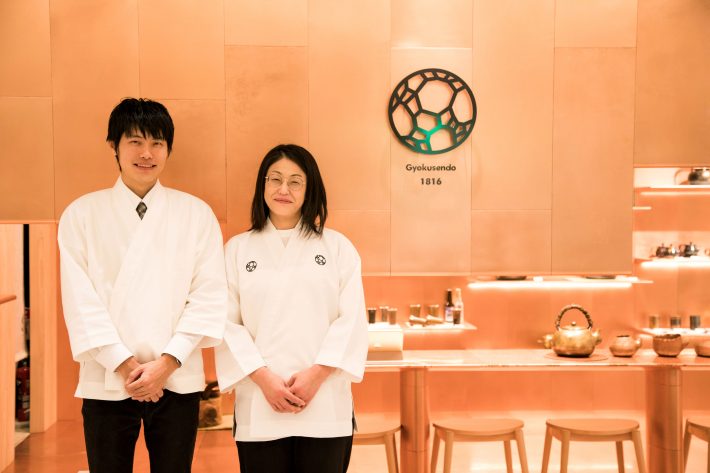
副店長の前原康予さん、スタッフの田中大和さん、それぞれ海外経験を経て日本の伝統工芸に目覚めたそう。工芸の伝え手にも、新しい風が吹いています。玉川堂のショップマークは鎚起銅器の大鎚目を家紋風にデザイン。
次は同じフロアで、隣合わせのD-BROSへ。グラフィックデザイン集団、DRAFTが手がけるプロダクトのショップでは、GINZA SIX出店に際して、デザイン×伝統工芸に挑戦。木造建築の柱や梁を彷彿とさせるインテリアには、伝統工法の継手や組手が施されています。

伝統工芸がデザインにすり寄るのでなく、また、デザインが伝統工芸の本質を壊すのでもなく、優れたグラフィックデザインの力で創出される伝統工芸や伝統文化のかたち。DRAFT代表、宮田識さんのブランディングは、調査や準備に徹底的に時間をかけるといいます。その職人的な向き合い方ならば、軽やかだけれど信頼できる、鮮度の高い伝統工芸の見え方が生まれるはず。
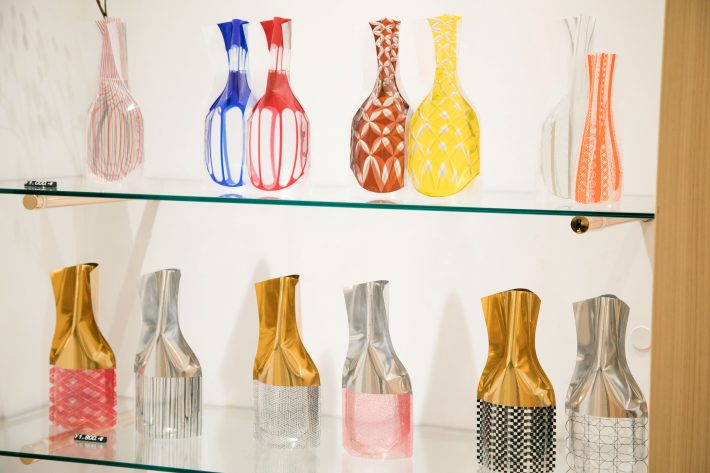
D-BROSのロングセラー、ビニールのフラワーベース。かさばらず、水を入れるとぷっくりと立つ花瓶には、切子(カットグラス)や江戸小紋のモチーフも。
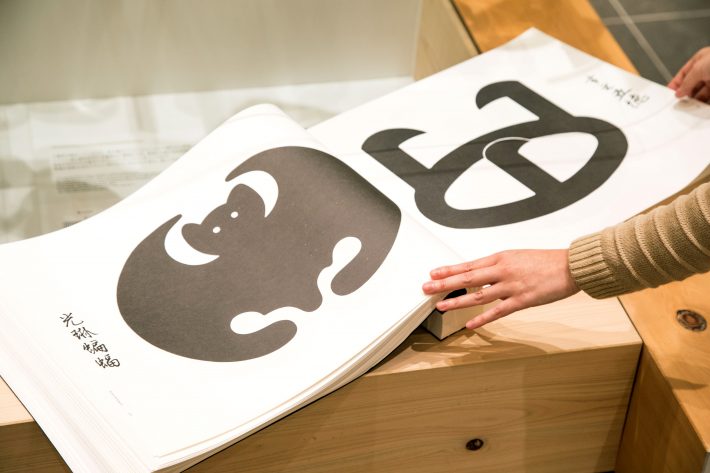
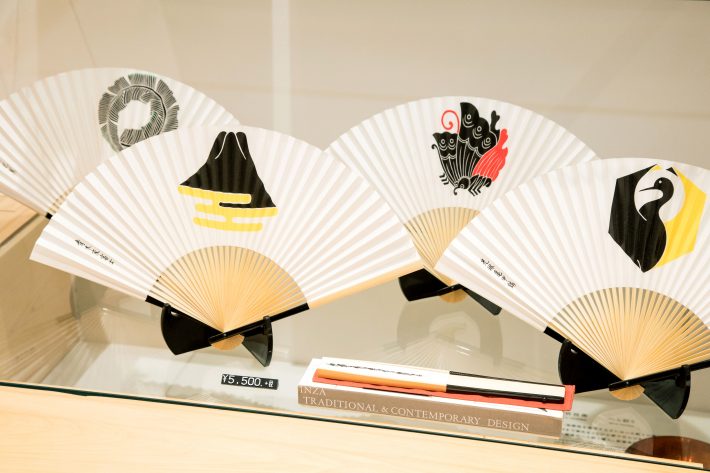
GINZA SIXのオープンに向けて2年がかりで制作した大型の家紋帖にも、グラフィカルにアプローチ。
「日本のグラフィックデザインの原点といえば家紋。2万点にも及ぶ家紋の中から、私たちが面白いと思うものを350点選んで、越前和紙に印刷した和綴の家紋帖を作りました」とは、広報担当の藤谷恵里子さん。それぞれの家紋も面白いのですが、見開きで並べた組み合わせが絶妙。羽を広げた〝光琳蝙蝠〟と、爪を向き合わせた〝すえ五徳〟。なるほど、似ていますね。家紋デザインは、扇子や風呂敷、ハンカチーフのモチーフにも。温故知新のデザインが光ります。

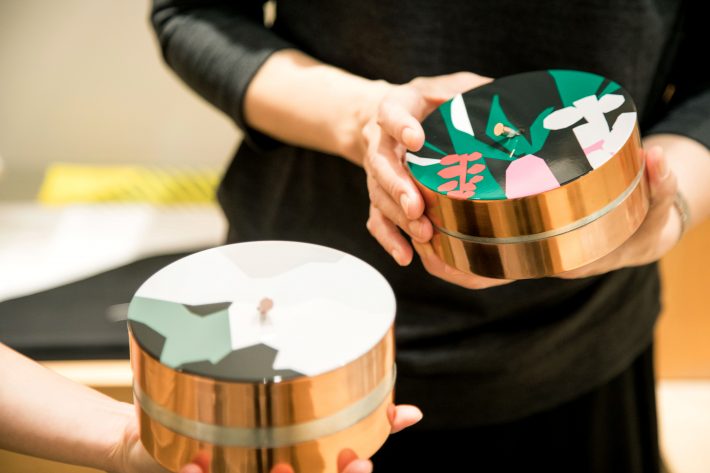
新潟の地場産業、ヘラ絞りのお弁当箱もGINZA SIXのために生まれたもの。空気穴を開閉するつまみを使って密閉性を高めています。アジサイやトチの木をデザインした絵柄がチャーミング。伝統工芸との取り組みは、職人さんとの意思疎通に時間がかかるし、お客様への浸透にも時間がかかりますが、継続して取り組んでいくとのこと。きっとまた、思いがけないデザインで、伝統工芸の新しい側面に光を当ててくれそうです。

ところで、エレベーターホールに気になるアートがありました。遠目にはポップな花の集合体。近づいてみると、おお、江戸小紋のモチーフ。伝統と現代アートの融合は、GINZA SIXの見どころの一つ。アーティストの大巻伸嗣さんは、江戸小紋にあるモチーフを拡大して組み合わせ、さらにそれぞれの地を規則的な小紋柄で埋めています。鮫小紋や行儀、松葉。2、3、4、5階の南エレベーターホールに、表情の違う作品を展示。タイトルは「Echoes Infinity Immortal Flowers」。不滅の花は、永遠の繁栄にもつながる吉祥の花ですね。
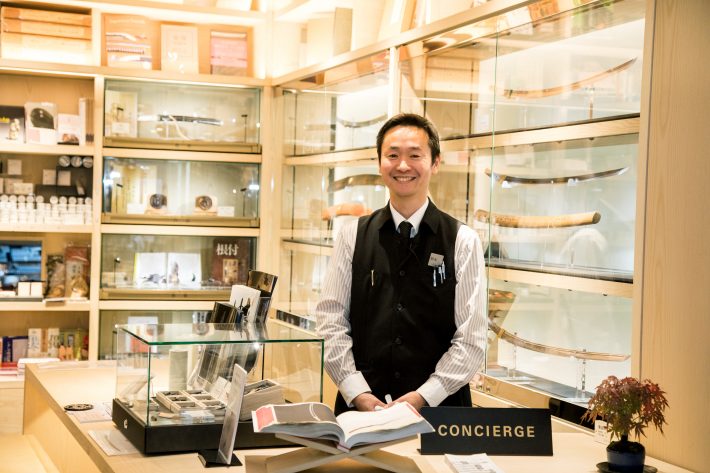
6階に移動しましょう。蔦屋書店がアートに特化して展開するフロアには、仕事柄気になる書籍が目白押しなのですが、本日目指すのは、刀剣コーナー。驚きました、書店内に刀剣コーナーだなんて。
「このフロアを考えたとき、日本の最高の美術工芸はなんだろうと議論していくなかで、刀剣に行き着たんです」とはコンシェルジュの松本聡さん。実はこのフロアには、ジャンルごとにコンシェルジュが置かれているそうです。専門知識のある彼らに相談しながら書籍を選べるなんてワクワクします。
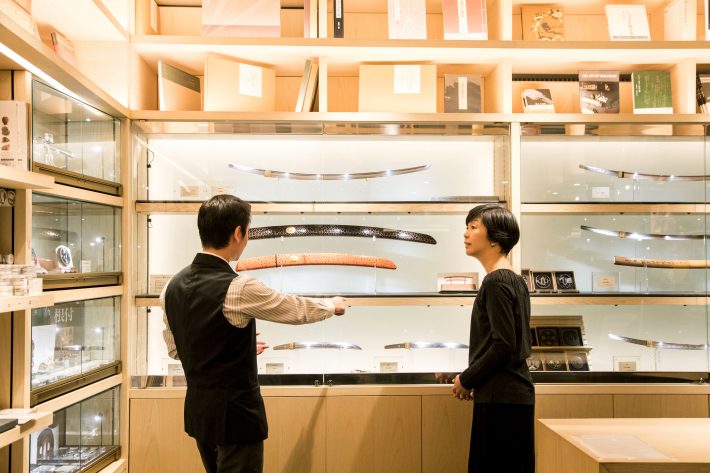

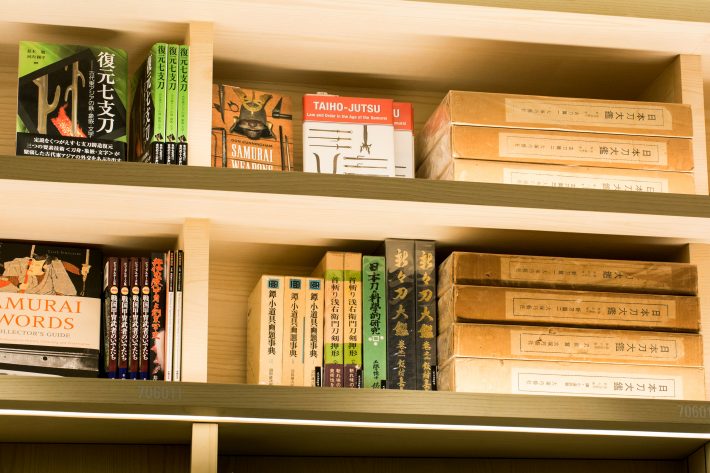
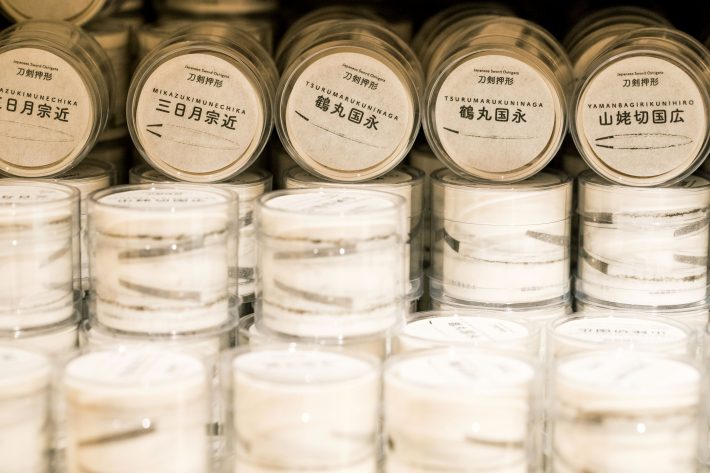
オープン当時話題となった、世界的な工業デザイナー、マーク・ニューソンがデザインしたaikuchiや、名匠・河内國平氏とその一門の現代作が陳列されている一方、古書から漫画まで、幅広い書籍揃えで、さらに刀剣のお手入れ道具あり、細部にまでこだわった刀剣ステーショナリーあり。平場という敷居のない場所ゆえか、気軽に立ち寄り刀剣に見入る人が後を絶たない風景も、新鮮です。
刀剣女子の登場や、ゲームの刀剣乱舞人気で盛り上がり、外国人ファンも多い刀剣。そんなムーブメントとはまた別に、私の専門である工芸目線から見ても、日本刀は、伝統工芸のレベルを高めた知られざる立役者。刀の技術が支える切れ味良い刃物があったから、江戸小紋の伊勢型紙もできたし、木工や竹工、金工、象牙など、様々な彫刻も精緻な仕上がりが可能になった。神器としても尊ばれ、総合的な美術品としての美しさを受け継ぎ、刀剣や刀装具の高い技術を持った職人が、廃刀令後に明治の超絶技巧を担いもしました。だから、このコーナーの存在がめっぽう嬉しい。
伝統工芸が生き抜くにはデザインの力が必要と言われて久しいのですが、たやすいことではありません。でも、GINZA SIXでは、パワーに満ちたかたちで実現できていている例をいくつも見ることができました。嬉しい誤算、と言ったら失礼かもしれませんが、しばらく通ってしまいそうです。
Text:Atsuko Tanaka Photos:Chihaya Kaminokawa Edit:Yuka Okada
As a new white cube on Chuo-dori came into my sight, the whole picture gave off a faint glow, appearing as if it had long been part of the Ginza landscape. This traditional landmark has been renewed and continues to contribute faithfully to Ginza’s atmosphere of refinement. But until I took this assignment, I hadn’t yet been to GINZA SIX. As a Tokyo native, I’ve witnessed the transformation of Ginza since I was very small. And I’ve always loved its suppleness, versatility, and flexibility: how it continues to be itself while undergoing transformation. I admit to being somewhat intimidated by the fanfare when GINZA SIX first opened, as if the high-flying early 90s had come again. I decided I’d go explore when things had settled down a bit. Some time has passed now, which I regret—because GINZA SIX is so committed to the arts and traditional crafts. However belated it may be, it’s actually exciting to take a look around. I’ve wanted in particular to visit Gyokusendo on the fourth floor, a seller of hand-hammered Tsuiki copperware with a 200-year history based in Niigata Prefecture’s Tsubame City.

The interior of the store gives me a sense for a next stage of traditional crafts. The ceiling, walls, floors, and tables are all covered with copper panels hand-hammered by professional craftspeople. The space is lit in the warm yellowish-pink light of a sunrise, with everything illuminating each other. It inspires a quiet glee. The kettles, pans, and pots on the shelves all feature simple designs born of practiced execution.


I imagine there’s no better space for this lineup, which has captured the hearts of people of many ages in Japan and around the world, since the contemporary appeal of traditional crafts is most clearly expressed in a sensitively rendered environment. A tailwind has driven craft objects vigorously forward of late, but this store gives me a sense of the rootedness of traditional crafts, which are never wholly consumed by temporary fads.

The kettles are made by hammering a single sheet of copper, including the spout. They’re representative of Gyokusendo’s highly refined technique. The samples on display here show you the entire process.

Assistant store manager Yasuyo Maehara and staff member Yamato Tanaka tell me they were both awakened to Japan’s traditional crafts after spending time overseas. A rising tide is also lifting those who promote these crafts. Gyokusendo’s store logo is an enlarged, hammered copperware pattern in the style of a family crest.
On the same floor, I visited neighboring D-BROS, which features products produced by DRAFT, the graphic design group. The challenge of the GINZA SIX store is combining design with traditional crafts. With joints and couplings exposed in the traditional style, the interior closely resembles the post-and-beam style of wooden buildings.

Traditional craft doesn’t coddle design. Nor does design destroy the essence of traditional craft. Rather, traditional crafts and traditional culture are embodied by the power of exceptional graphic design. In the branding process, says DRAFT president Satoru Miyata, they spent a great deal of time on research and preparations. Taking an approach similar to that of a craftsperson will no doubt yield a highly fresh take on traditional crafts that features both a light and authoritative touch.

These plastic flower vases are a popular and long-running D-BROS product. The slender vases, which puff out and stand up when water is poured into them, include motifs from kiriko cut-glass and Edo komon cloth.


An eye-catching-graphic approach was also taken for the large book of family crests, which was produced over the course of two years ahead of the GINZA SIX opening.
“Family crests are the starting point of graphic design in Japan,” company publicist Eriko Fujitani informs me. “We selected 350 crests we thought were interesting from among the 20,000 in existence and compiled them into a book printed on Echizen washi with traditional Japanese binding.” The family crests are all interesting. The combination of the two designs shown on two facing pages was superb. They are “Korin Komori,” I’m told—a bat with its wings spread—and “Sue Gotoku,” with opposing claws. You can certainly see the resemblance. The crest designs are also used on folding fans, wrapping cloths, and handkerchiefs. The designs that emerge from a study of the past truly sparkle.


The lunch boxes made with spinning lathes, a Niigata Prefecture industry, were also created specifically for GINZA SIX. A knob that opens and closes air vents improves the integrity of the air seal. The hydrangea and chestnut patterns are charming. With traditional craft initiatives, it takes time to come to a shared understanding with the craftspeople. It also takes time to penetrate the awareness of potential customers. All of it requires persistence. With its unconventional design, I believe this store will shine a light on a new side of traditional crafts.

Incidentally, I encountered some interesting art in the elevator hall. From a distance, it appears to be a pop assemblage of flowers. With a closer look, I notice the Edo komon motifs. The fusion of tradition and contemporary art is one of the highlights of GINZA SIX. Artist Shinji Ohmaki expands and combines Edo komon motifs, and then fills the resultant space with repeating komon patterns. We find same (shark), gyogi (courtesy) and matsuba (pine needle) patterns here, and works of varying expression are displayed in the South Elevator halls on the second, third, fourth, and fifth floors. The title is “Echoes Infinity Immortal Flowers.” Undying flowers are auspicious flowers also linked to boundless prosperity.

Moving to the sixth floor, a floor developed by Tsutaya bookstore with a focus on art, I come across intriguing books everywhere relating to the area of my profession. But today I’m headed to inspect swords. Yes, amazingly enough, this bookstore carries actual swords. Says concierge Satoshi Matsumoto, “When planning this floor, we debated what we thought was the ultimate Japanese craft, and picked swords.” This floor has a concierge assigned for each product category. It’s exciting to pick out books while consulting with these specialists.




You can find the aikuchi sword designed by Marc Newson, world-renowned industrial designer, which gained acclaim when GINZA SIX first opened, as well as contemporary swords from master swordsmith Kunihira Kawachi and his family workshop, plus a wide range of books from old and rare ones to manga, sword maintenance products, and carefully detailed sword-themed stationery. The space isn’t partitioned off and proudly displays a mix of products, which perhaps explains the steady stream of people who casually stop to look at the swords—something refreshing to see. The emergence of younger female sword fans and the popularity of the browser-based game Touken Ranbu are generating excitement. This is also something that draws many foreign aficionados. From my perspective as a specialist in crafts, I’m aware that Japanese swords have played a key role in advancing the country’s traditional crafts. Swordsmithing techniques made blades with good, sharp edges widely available, in turn enabling the creation of Ise paper patterns for Edo komon motifs. The highly intricate engraving techniques used with swords came to be applied to wood, bamboo, and other metal works, as well as ivory. While swords were prohibited in 1879, they were honored as if sacred treasures. Their beauty as art objects lived on. Craftspeople with highly advanced smithing and ornamentation skills gained with swords contributed significantly to the virtuosic achievements of the Meiji period, so seeing them featured here is a great joy.
It’s long been said that traditional crafts must draw on the power of design to survive. This is no easy task. At GINZA SIX, however, I saw a number of examples of this being achieved in a very powerful way. To say I’m happy to be proven wrong may be a bit plainspoken, but I certainly plan to continue coming back for some time.
Text: Atsuko Tanaka, Photos: Chihaya Kaminokawa, Edit: Yuka Okada
田中 敦子
出版社勤務を経て独立。工芸、きもの、日本文化を中心に、取材、執筆、編集をおこなう。雑誌「和樂」(小学館)の創刊、編集に参画。また「七緒」(プレジデント社)の監修を担当してきた。著書に『江戸の手わざ ちゃんとした人ちゃんとしたもの』(文化出版局)、『きものの花咲くころ』(主婦の友社)、『きもの自分流-リアルクローズ-入門』(小学館)、『もののみごと 江戸の粋を継ぐ職人たちの、確かな手わざと名デザイン。』(講談社)、『インドの更紗手帖 世界で愛される美しいテキスタイルデザイン』(誠文堂新光社)、『更紗 美しいテキスタイルデザインとその染色技法』(誠文堂新光社)他。染織、工芸の企画展プロデュースなども手がける。


